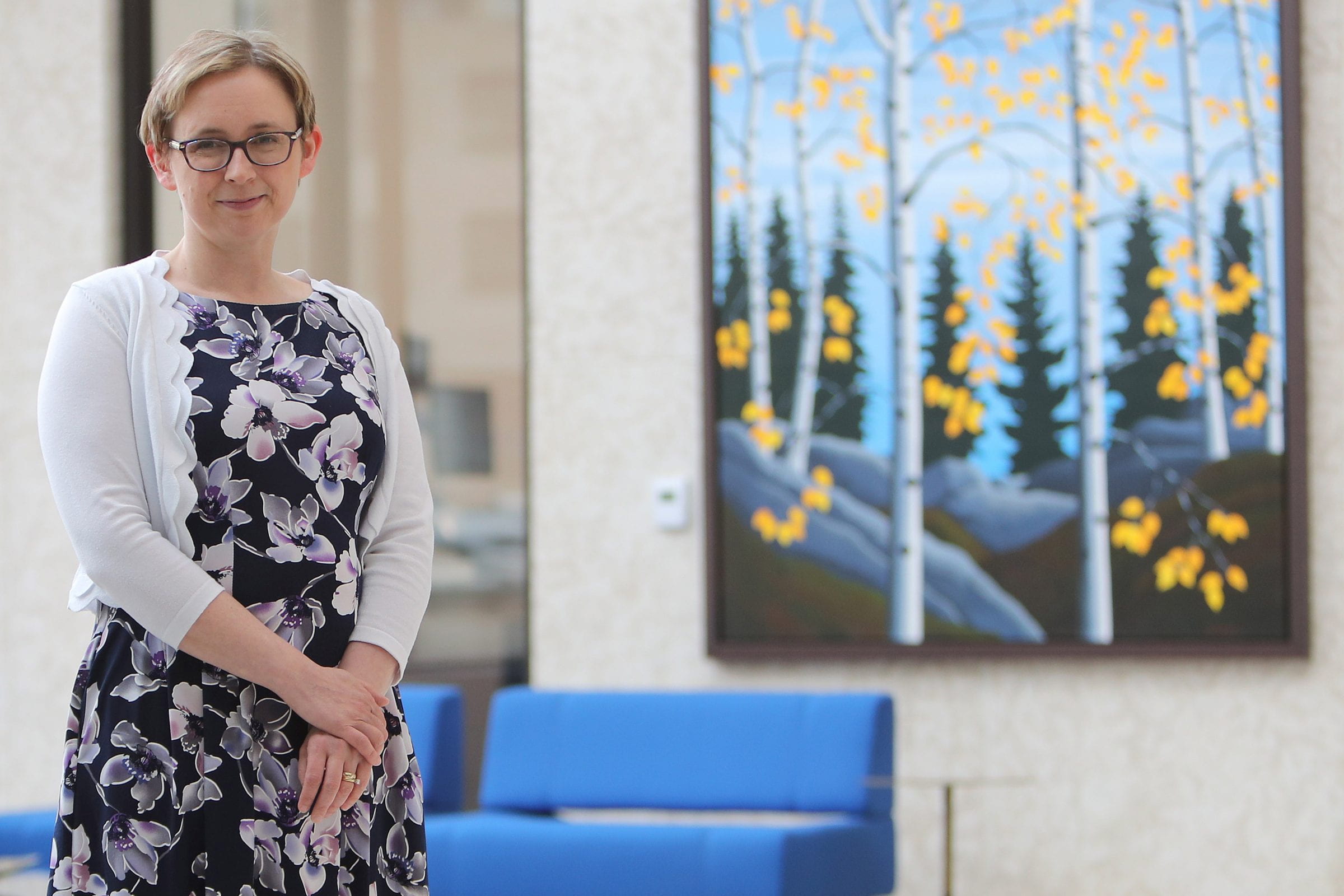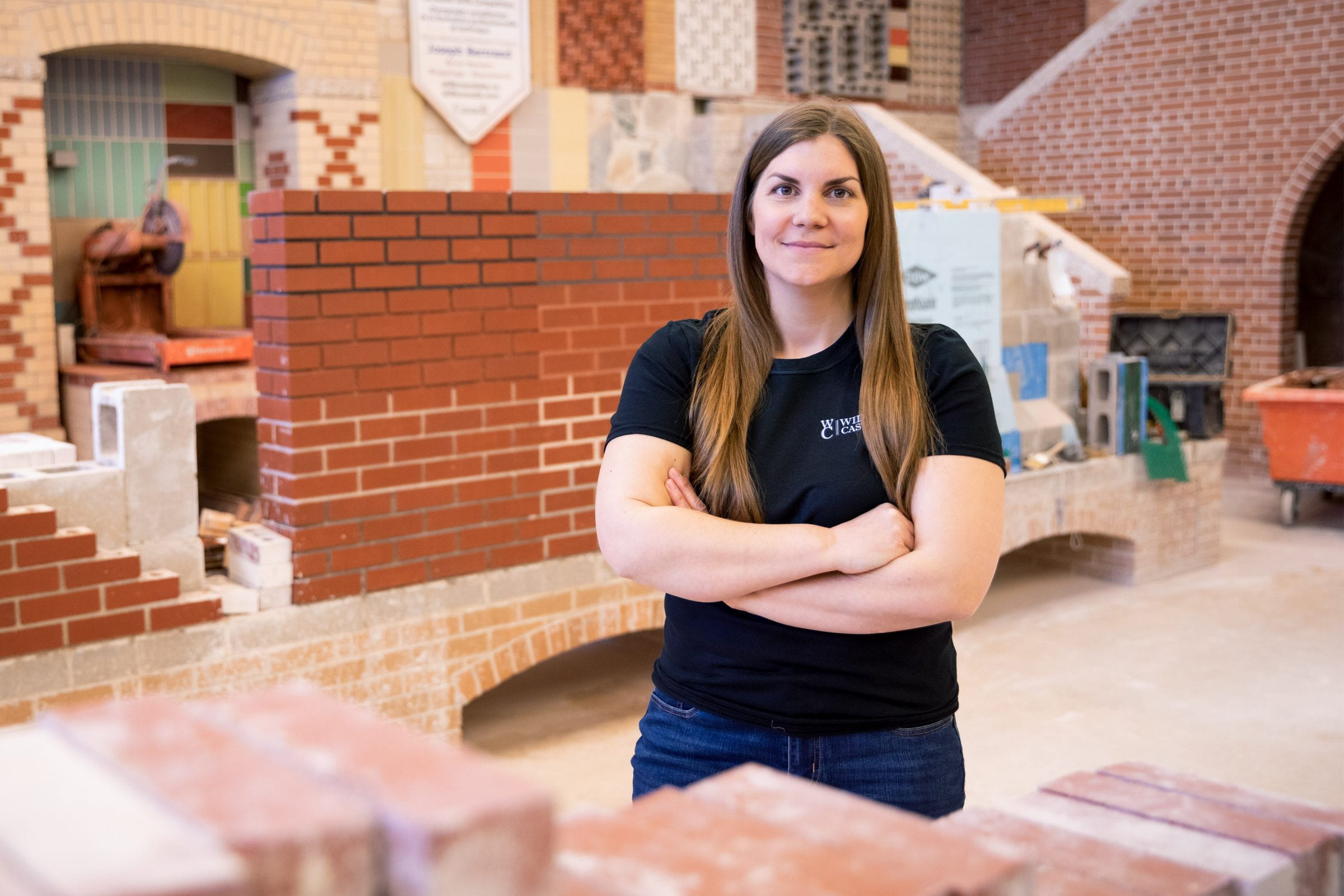Community Development grad cultivates supports, welcoming space for new immigrants
Raymond Ngarboui has a good reason for being late to a scheduled appointment at the Rainbow Community Garden on a recent August afternoon.
Within sight of IG Field at the University of Manitoba, the Garden is a place where families new to Canada are able to plant, tend, and harvest their own crops.
Among those waiting for Ngarboui is a group of students from Gordon Bell High School who have summer jobs on the Green Team, an employment program he manages in his capacity as a Community Development Coordinator for the Community Education Development Association (CEDA).
Not surprisingly, all eyes are on Ngarboui as he pulls up. With his easygoing manner, he has the full attention of the students. After speaking with them, he has time to sit down and talk about his career in community development.
“I was here (at the Garden) when I got a call from the Downtown Access Clinic,” Ngarboui explains. “A single mother had just delivered (her baby) and was in serious need of food. I spoke with her, got her address, rushed to put together a food box, and rushed to her home to deliver it. That’s why I was a few minutes late.”
Connecting people and resources through Winnipeg’s social services infrastructure is all in a day’s work for Ngarboui, a 2008 graduate of RRC Polytech’s Community Development/Community Economic Development program.
“I try to bring together different groups to spark positive results,” he says. “Like a catalyst in a chemical reaction.”
His self-assessment as a community builder has deep roots. A native of Chad, Ngarboui fled the Central African country in 2005 amid a civil war.
“I went through a lot with my family. I survived. We were among a huge population of refugees in (neighbouring country) Cameroon who would help each other. So, I was already seeing community. And I had a vision to give more back.”
With some skills and knowledge in farming, he came to Canada. Like many newcomers, Ngarboui spoke no English. Through the immigration process, he was given a choice of cities: Edmonton, Quebec City, or Winnipeg. A different fluent French speaker (as Ngarboui is) might have found Quebec’s “la vieille capitale” an appealing prospect. Ngarboui had other ideas.
“I was eager to learn English. And I was told Winnipeg was the coldest of the three options. I said, ‘Okay, that’s another good challenge.’”
Read More →










